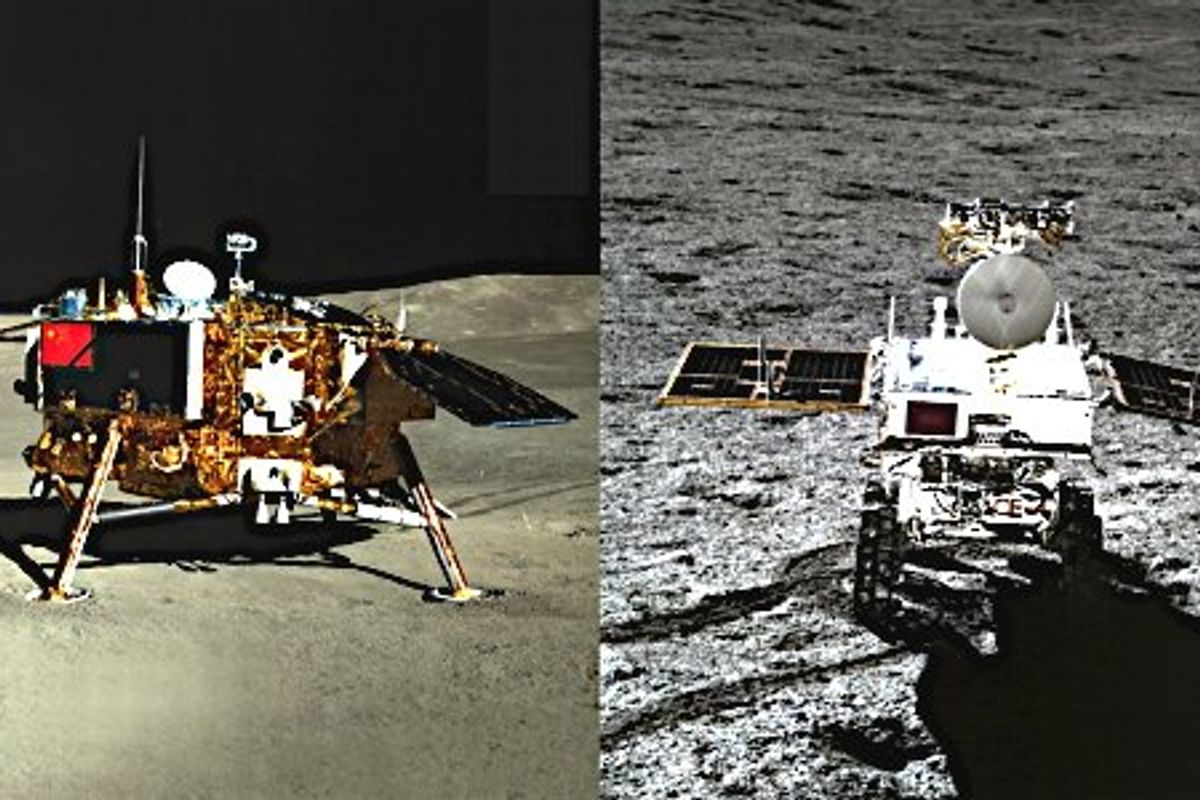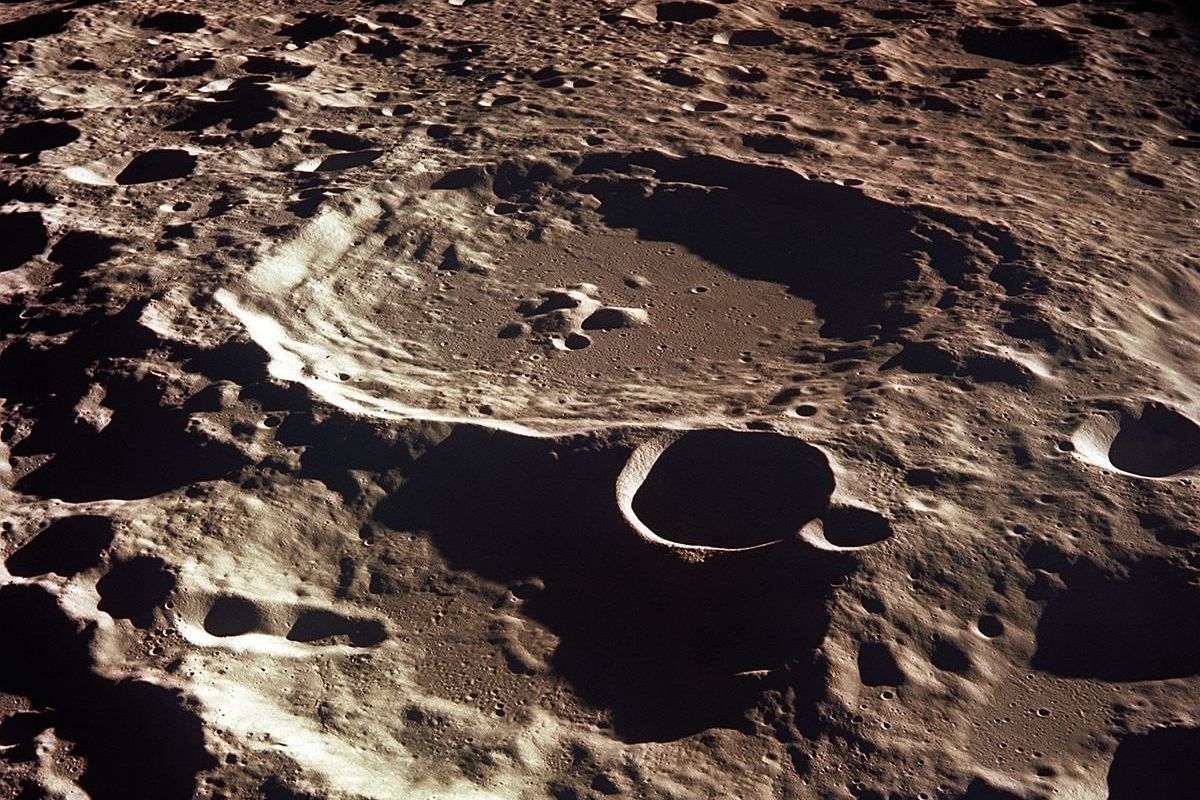'Hidden structures' discovered deep beneath the dark side of the moon
.
Our celestial companion has been a constant source of fascination and enigma since ancient times, but thanks to advances from China's space programme, we're beginning to uncover the secrets of its history.
In 2018, a space probe from China's national space agency, the CNSA, made history by becoming the first spacecraft to successfully land on the far side of the moon, which is sometimes referred to as the dark side.
Since its descent, it has been capturing remarkable images of impact craters and collecting mineral samples, providing a much-needed overview of the structures that comprise the top 1,000 feet of the lunar surface.
Earlier this month, the Chang'e 4 mission's discoveries were released, and the world has been given the opportunity to explore and learn about the fascinating history of our trusted Moon.
It has been found that the uppermost section of the lunar surface, measuring 130 feet (40m) in height, is comprised of numerous strata of dust, soil, and fragmented rocks.
Beneath these layers lies a crater, the result of a massive object striking the moon, according to Jianqing Feng, planetary geology researcher at the Planetary Science Institute in Tucson, Arizona, who co-led the initial examination.

Beneath this, Feng and his team found five distinct layers of lunar lava that covered the surface billions of years ago.
notes.
Over the course of the next 200 million or so years, the moon continued to endure a barrage of space debris impacts, leaving behind an array of surface cracks.
Just like our Earth, the moon's mantle had pockets of molten magma, which seeped into the recently formed cracks as a result of a succession of volcanic eruptions, Feng noted.
However, the new information provided by Chang'e-4 revealed that the closer the volcanic rock came to the moon's surface, the less thick it became.
In its final phases of volcanic activity, the moon was gradually losing heat and power," Feng explained. "Its energy reserves dwindled significantly over time.

It is assumed that the moon's volcanic activity ceased sometime between one billion and 100 million years ago, which means it is generally regarded as "geologically inactive".
However, Feng and his co-authors have posited the possibility of there being magma hidden deep below the lunar surface.
Chang'e-4 has a long way to go, and Feng and his team are optimistic that this is merely the start of their groundbreaking mapping of the moon's surface.
This piece was first published on 2 May 2023.
For our complimentary international news recognised around the world newsletter.
Share your thoughts and opinions on this news story. Join the public debate in the Comments section below.
Post a Comment for "'Hidden structures' discovered deep beneath the dark side of the moon"